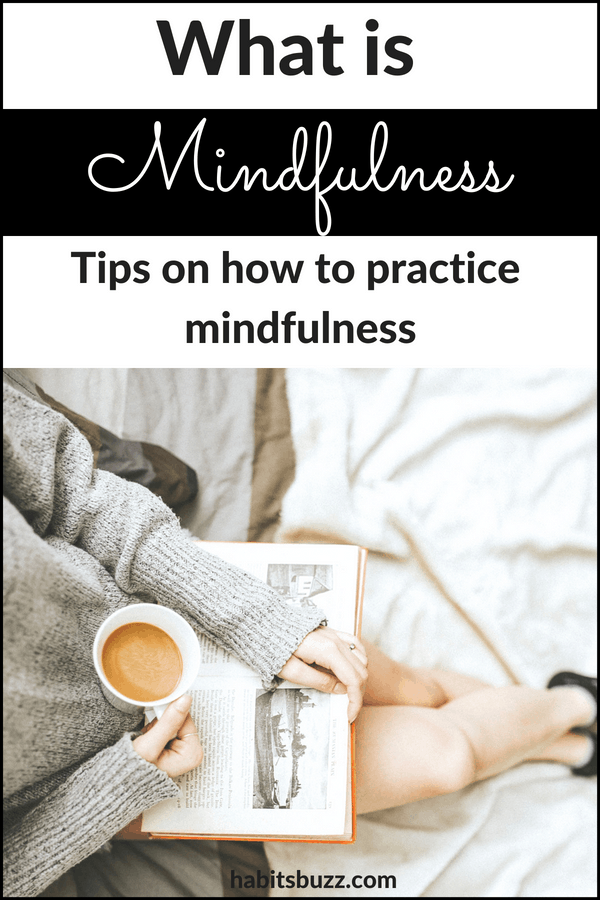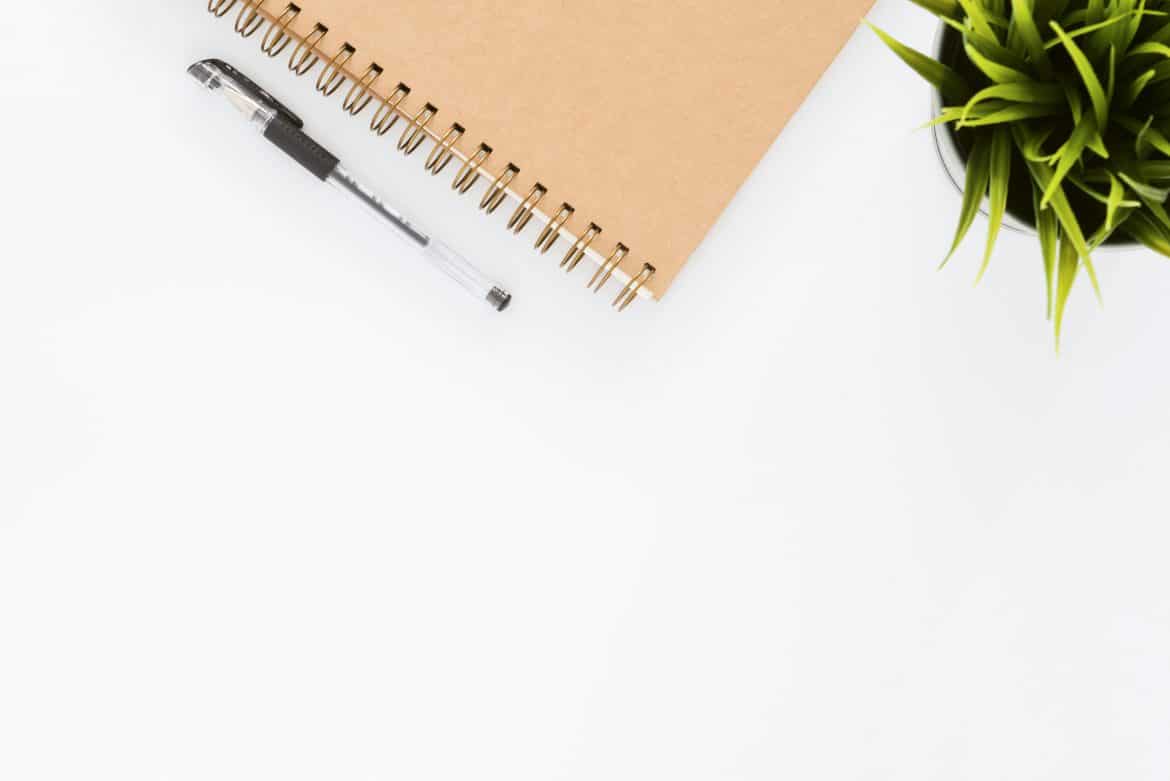What is mindfulness and how to practice it
Have you noticed children while they are playing? They are often so engrossed in what they are doing and they seem to be in another world.
They are being mindful.
We hear so much about mindfulness these days. Well, all the gadgets we invented supposedly to make our lives easier are also making us focus less and less.
We are often haunted by the thoughts of new notifications and are forced by habit, to check them constantly to make sure we are not missing out on anything.
This has also made us forget to enjoy what is happening “in the moment”. Like, the sensation under your feet when you step on freshly mowed grass, the pleasant smell of the flower that bloomed in your garden today, the unexpected kiss your daughter gave you when you were busy in the kitchen. Have you realized we don’t need big achievements in life to be truly happy?
We often spend our days worrying about what to do next in life and the next big thing you wanna achieve.
Little things that happen in our day are enough to make us happy. But the key is in noticing it and appreciating it. This can happen when you are mindful.
**This post contains affiliate links. I may receive a small commission at no extra cost to you if you make a purchase through my affiliate link**
What is mindfulness?
Mindfulness is being fully present, and being aware of what you are doing at the moment. You bring your full attention to what you are doing at the moment, not letting your mind wander. When it wanders, you are aware of it and you gently bring it back to what you are focusing on, without judgment.
As simple as that.
But as a beginner, you will find it not as easy as it seems. Your attention drifts without you knowing and realize it after a while. But you will get better with practice.

Why mindfulness? Benefits of mindfulness
Mindfulness has a lot of benefits for your overall well-being. It could easily be another blog post (maybe in future). But here are a few important points.
1. Mindfulness increases focus
We have a lot of things to cross off our to-do list every day. It would be simple if we could finish one by one easily.
But I find that whenever I am ready to do a task, I am reminded of something else that needs to be done. It makes me anxious because it is unfinished. Then I feel the stress rising. I am not able to concentrate on the current task.
I feel overwhelmed.
In such moments, I do a mindfulness meditation exercise (read below to see how to do it). It calms my mind and helps me relax. I am able to concentrate on the task at hand better.
Mindfulness helps you increase focus and concentration because you are making an effort to bring your attention to the present moment repeatedly.
It even has the power to change your brain. The effect of mindfulness practice can last long even when you are not consciously doing it because new neuron connections are formed through neuroplasticity.
It’s amazing, right?
2. Mindfulness reduces stress and anxiety
When you practice mindfulness you are more aware of your thoughts. Thus, if any thought comes up that gives you stress you try to acknowledge it. You say to yourself “Ok. This is stressing me out. Back to the task”. So you get to respond to your thoughts rather than being controlled by it.
You can choose to step back from them as you are mindful of your emotional state. You acknowledge your thoughts and you are able to respond rather than react to it.
3. Mindfulness improves physical health
Research has proved that our brain has the ability to influence the body’s inflammatory responses. Our brain and immune system are interconnected.
Mindfulness meditation can be used as a pathway to train our brain to control stress reaction and prevent a lot of stress based diseases.
It also improves your memory retention, promotes heart health, improves the quality of sleep, etc.
But how do you become more mindful? How to incorporate mindfulness in daily life? Read on.
How to start practicing mindfulness as a beginner?

Contrary to what many people think, mindfulness is not emptying your mind so that you think nothing. It is listening to your thoughts and sensations without getting emotional, without judging them.
Here are some mindfulness exercises to start with.
1. Practice mindfulness in the moment
You can start to practice mindfulness right now. There are no rules to be mindful.
For example, as you are reading this article, try to be mindful.
- Stop and notice how your eyeballs are moving towards your right. Slow down and notice how you can see each letter, notice the shape of each letter.
- Notice how your finger touches the screen or your trackpad or the arrow buttons.
- Feel the sensation on the tip of your fingers as you touch the device.
- Notice the white colour in the background.
- Read each word and listen to your mind pronouncing each word.
- Notice how you have slowed down and feel the calm
How do you feel? If you have really stopped to do it, I bet you are feeling more relaxed and calm. This is what mindfulness can do to you.
You feel an instant calm, your mood lightened and feel happy. And you don’t feel the rush to finish the article already. It is an escape from the inner chaos.
You can apply this to practically anything you do. Just stop for a minute or two to be really present and aware of what you do.
Another example:
Suppose you are walking.
- Notice how each of your foot feels when they touch the ground. Is the floor cold? Or warm?
- Feel how you are able to lift each leg easily and put one before the other.
- How your legs balance the weight of your body easily.
- How you reach from point A to point B.
- Feel thankful for how you are able to carry yourself to everywhere you want to go.
You can apply this to everything you do in daily life.
But it doesn’t mean you have to be mindful in everything you do. We do many things on autopilot because those are habits established over the years. It’s for our benefit and ease.
You practice mindfulness because sometimes you need to remind yourselves of the beauty of little things and appreciate what we are able to do.
You might like: What is hygge? A beginner’s guide to the Danish secret to happiness
2. Mindful breathing or mindfulness meditation
Mindfulness meditation is the most popular way of practicing mindfulness.
In mindfulness meditation, you pay attention to your breathing. How you take a breath, how you release it, and how your chest or stomach is filled with breath and how it deflates.
How to do mindfulness meditation?
- Choose a quiet place to sit. You can sit in any position you like, be it lotus pose (cross-legged sitting) or simply sit in a chair.
- Sit in an erect position.
- Now before jumping to start meditation, give yourself some time to relax. Let your mind settle and get ready. Take a few deep breaths.
- Set a timer. I would recommend starting with 2-5 minutes. But, it’s upon you.
- Now start focusing on your breathing. Notice while inhaling how the breath goes up, and while exhaling how it comes down. (You don’t have to take deep breaths here, just normal breathing.)
- When your mind wanders, gently bring it back to focus on breathing again without judgment or feeling despair.
Slowly increase the duration over the days, according to your capability.
Related: Benefits of meditation and how to start a meditation habit
3. Mindful eating
Many of us are used to eating while watching television or Netflix. We eat mindlessly and we forget how much we really need to eat and even forget to relish the taste of the food we eat.
Mindful eating focuses on enjoying all the aspects of the food you are eating. Its taste, flavor, texture and you are aware of how you feel while eating.
How to eat mindfully?
- Eat when you are only hungry and not on visual cues.
- Keep the distractions away (TV, computer, smartphones, books).
- Chew the food slowly and thoroughly before swallowing down.
- Appreciate the taste of the food.
- Appreciate how lucky you are for having food on the table.
- Stop eating when you are full. Please know that after you are full, even one morsel of food that you eat leads to overeating and gain weight.
It takes up to 20 minutes for our brains to send the message of satiety. So if you are used to eating fast and mindlessly you must be eating more than you require all the time.
For this reason, mindful eating helps in losing weight, because you are aware of what and how much you eat. You get to control the quantity.
These exercises are enough to start your mindfulness journey. Start small and try to do them at least once a day. You don’t have to dedicate separate time for it, but do it while you carry on with daily life.
I’d love to know, how do you practice mindfulness? Please comment below.
And also, if you like what you are reading, please take a moment to PIN and SHARE this post!





The most beautiful, mindful yet simple article I have ever read. Really compelling and innovative!
Thank you for the kind words Tarunpreet 🙂
It’s absolutely amazing!
The most absolute best info I’ve read in a long time. I’m so thankful for you and the resource of information you write.
Hey! You are welcome, and thanks for reading!
Great info!
Thank you, Andrew!